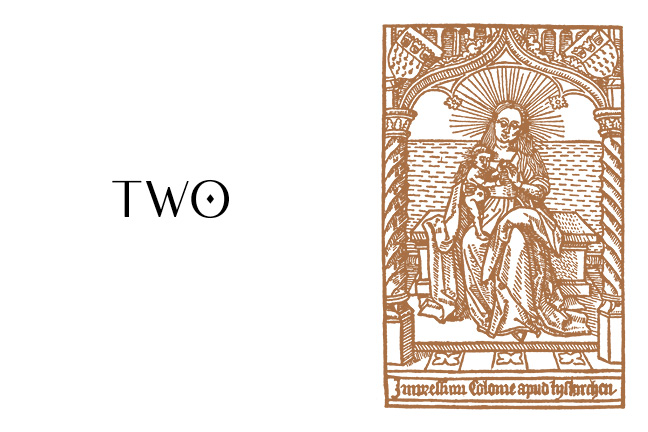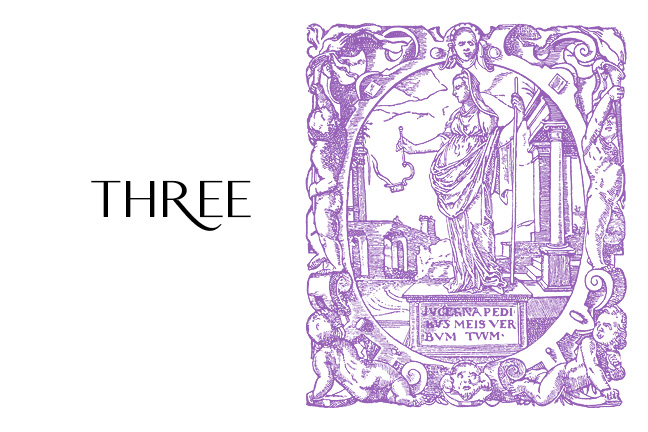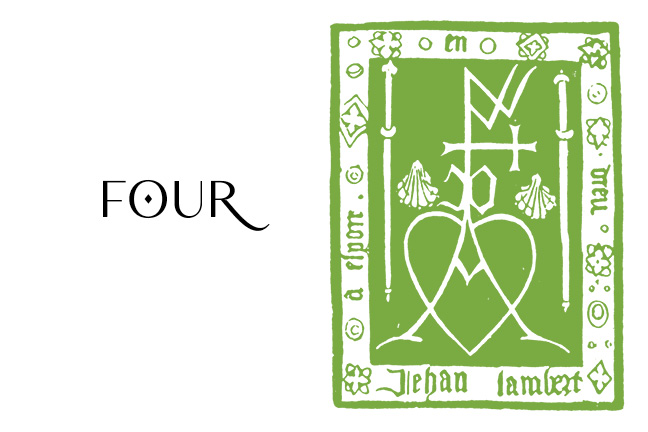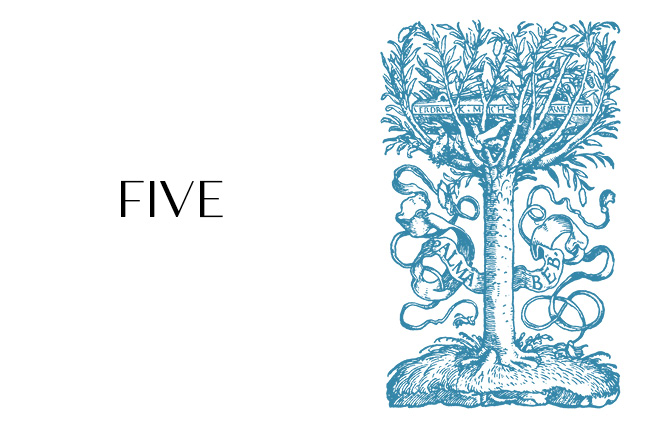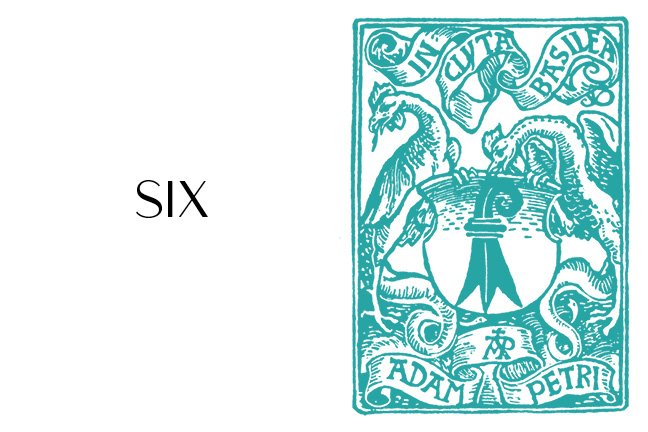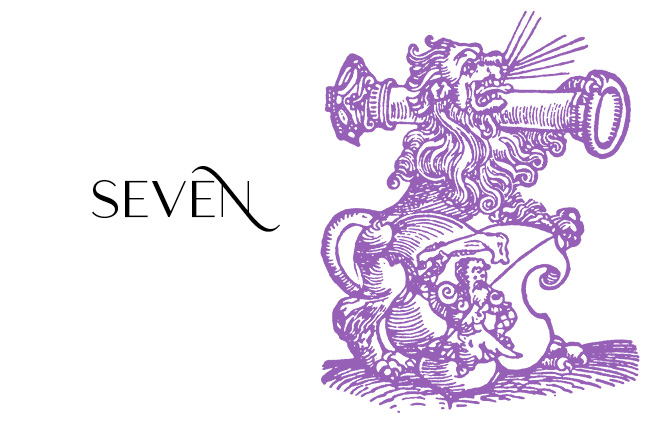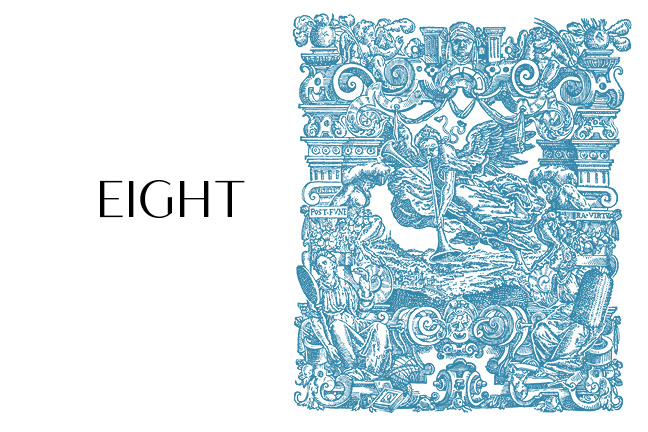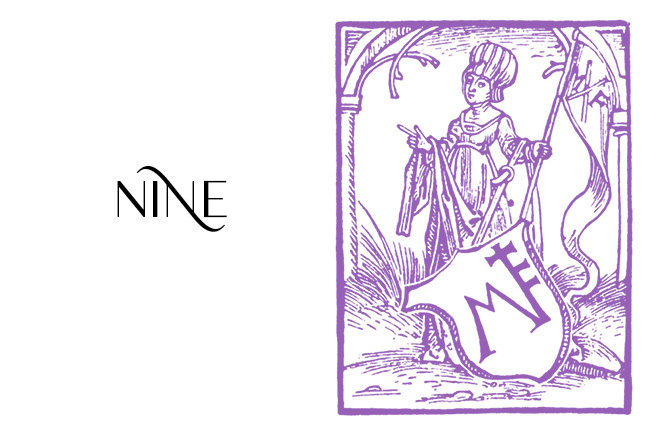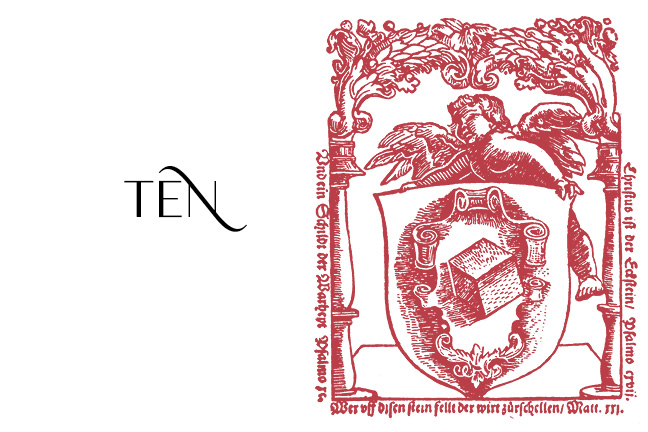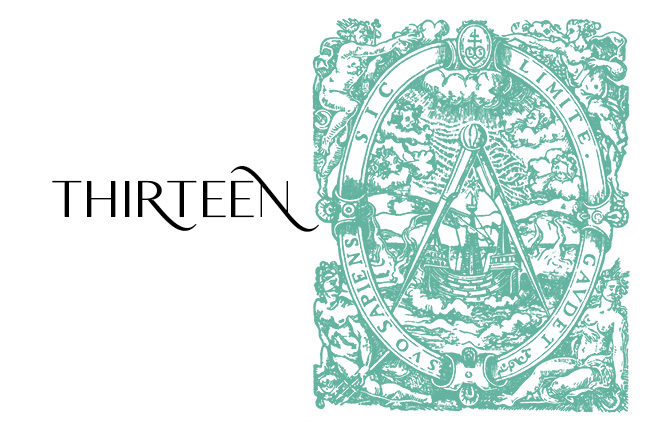Printer’s Marks Part 6
A GRANITE BAY ![]() DESIGN MICROSITE
DESIGN MICROSITE
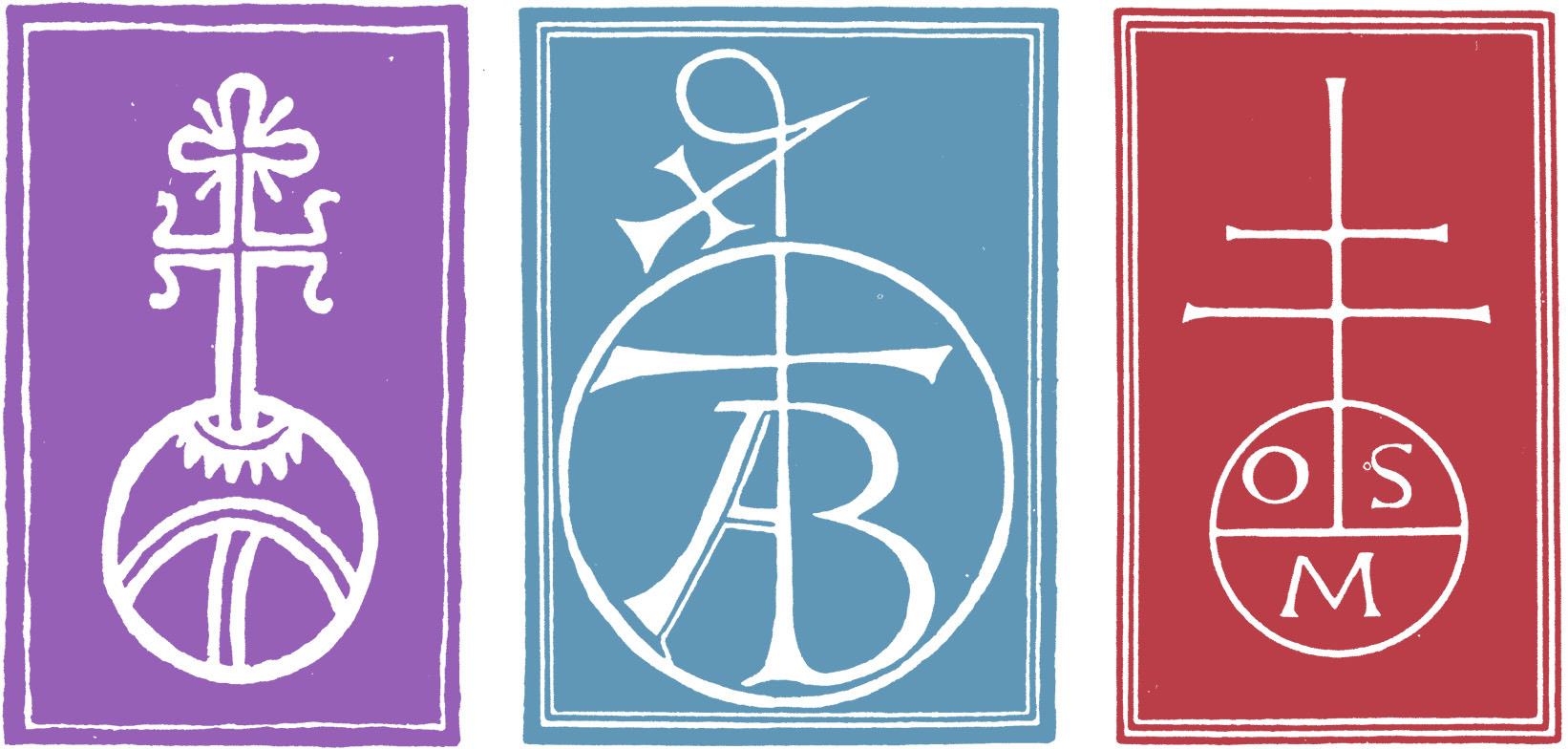

Printer’s Marks Part 6
Adam Petri (Basel 1515)
Hans Hager (Zuerich 1524)
Ludovicus Hornken (Koeln 1518)
The History of Printing
“In Japan the first Western style movable type printing-press was brought to Japan by Tenshō embassy in 1590, and was first printed in Kazusa, Nagasaki in 1591. However, western printing-press were discontinued after the ban on Christianity in 1614. The moveable type printing-press seized from Korea by Toyotomi Hideyoshi’s forces in 1593 was also in use at the same time as the printing press from Europe. An edition of the Confucian Analects was printed in 1598, using a Korean moveable type printing press, at the order of Emperor Go-Yōzei. Tokugawa Ieyasu established a printing school at Enko-ji in Kyoto and started publishing books using domestic wooden movable type printingpress instead of metal from 1599. Ieyasu supervised the production of 100,000 types, which were used to print many political and historical books. In 1605, books using domestic copper movable type printing-press began to be published, but copper type did not become mainstream after Ieyasu died in 1616. The great pioneers in applying movable type printing press to the creation of artistic books, and in preceding mass production for general consumption, were Honami Kōetsu and Suminokura Soan. At their studio in Saga, Kyoto, the pair created a number of woodblock versions of the Japanese classics, both text and images, essentially converting emaki (handscrolls) to printed books, and reproducing them for wider consumption. These books, now known as Kōetsu Books, Suminokura Books, or Saga Books (嵯峨本, Sagabon), are considered the first and finest printed reproductions of many of these classic tales; the Saga Book of the Tales of Ise (Ise monogatari), printed in 1608, is especially renowned.For aesthetic reasons, the typeface of the Saga-bon, like that of traditional handwritten books, adopted the renmen-tai (ja), in which several characters are written in succession with smooth brush strokes. As a result, a single typeface was sometimes created by combining two to four semi-cursive and cursive kanji or hiragana characters. In one book, 2,100 characters were created, but 16% of them were used only once.”
from The History of Printing on Wikipedia
The printer’s marks were scanned from the copyright free book “Symbols, Signs & Signets” by Ernst Lehner.


